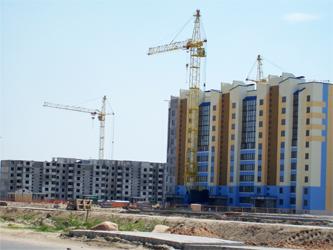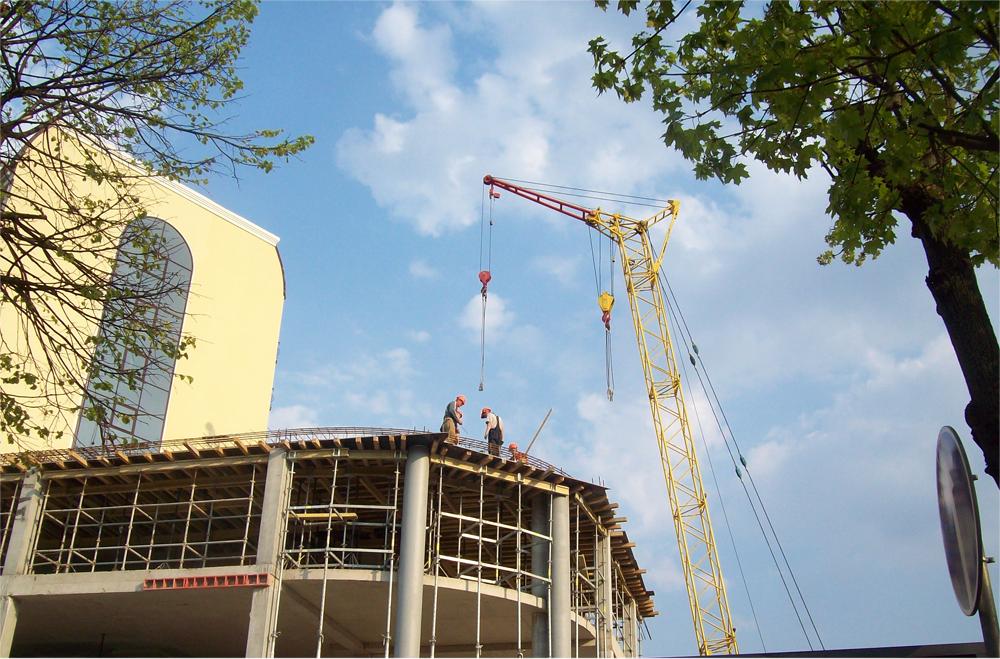Short summary of article about: concrete and construction equipment production in Brest region.
Production of concrete, reinforced concrete products and construction equipment in the Brest Region

One of the largest industrial centers in the southwest of Belarus is the city of Brest. In addition to a developed food and light industry, metalworking enterprises and engineering plants should be noted. Modern Belarusian agricultural, road machinery and construction equipment are used at various sites across the former Soviet republics. These high-quality machines reduce labor costs and increase labor productivity. The modernization of building materials production, as well as the precast reinforced concrete plant, has increased product competitiveness. Research is also currently underway into protecting building structures from corrosion. In reinforced concrete production, steel is still used for concrete reinforcement, since this material increases the wear resistance and strength of structures.
Concrete itself is characterized by a relatively low tensile strength, so steel reinforcement is used in the construction of bridges, roads, civil and industrial structures. If water or chloride ions penetrate the concrete and reach the reinforcing bars, corrosion begins, cavities form in the concrete, which significantly reduces the strength and safety of the structure or building. Therefore, special measures must be taken to increase concrete durability and protect steel elements. An optimal protection against steel corrosion is concrete with a water–cement ratio below 0.50 — this helps slow the rate of carbonation. A water–cement ratio below 0.40 reduces the risk of chloride penetration. At a centralized concrete plant, or by using a mini concrete plant on the construction site, concrete permeability can be reduced through various admixtures and fillers. Chemical admixtures react with unhydrated cement particles, forming crystals that, as they grow, fill the natural pores and voids in the concrete, blocking the ingress of water. Another way to increase the strength of structures is reinforcement with prestressed reinforced concrete elements. Prestressed reinforced concrete elements, placed during concreting instead of conventional reinforcement, due to significant bonding forces with the surrounding concrete, impart the properties of prestressed reinforced concrete structures to the products — i.e., increased stiffness, crack resistance — and provide significant savings in reinforcement because they allow full use of high-strength steel.
Rod beams of rectangular, trapezoidal or other shapes with cross-sectional dimensions from 200x250 to 400x450 mm, of various lengths, reinforced with high-strength wire 2.5–5 mm in diameter, are produced from high-grade concrete (300–350 kg/cm2) on specialized installations in a centralized manner. The cross-sectional area or volume of concrete in prestressed reinforced concrete rods constitutes a small part — from 8 to 12% of the total concrete volume in the product. To reduce the volume of reinforced concrete rods in products, they can be arranged not in equal numbers along the entire length of the element, but taking into account the distribution of bending moments when the structure is loaded. The proposed method can be effectively used for many types of bendable reinforced concrete products with uniaxial reinforcement. The main concrete in these elements may have a relatively low compressive strength, on the order of 100 kg/cm2, which allows extending the application of prestressed structures to lightweight and cellular concretes. The main convenience of this method is the simplified technology, indistinguishable from the usual method of manufacturing reinforced concrete products.
